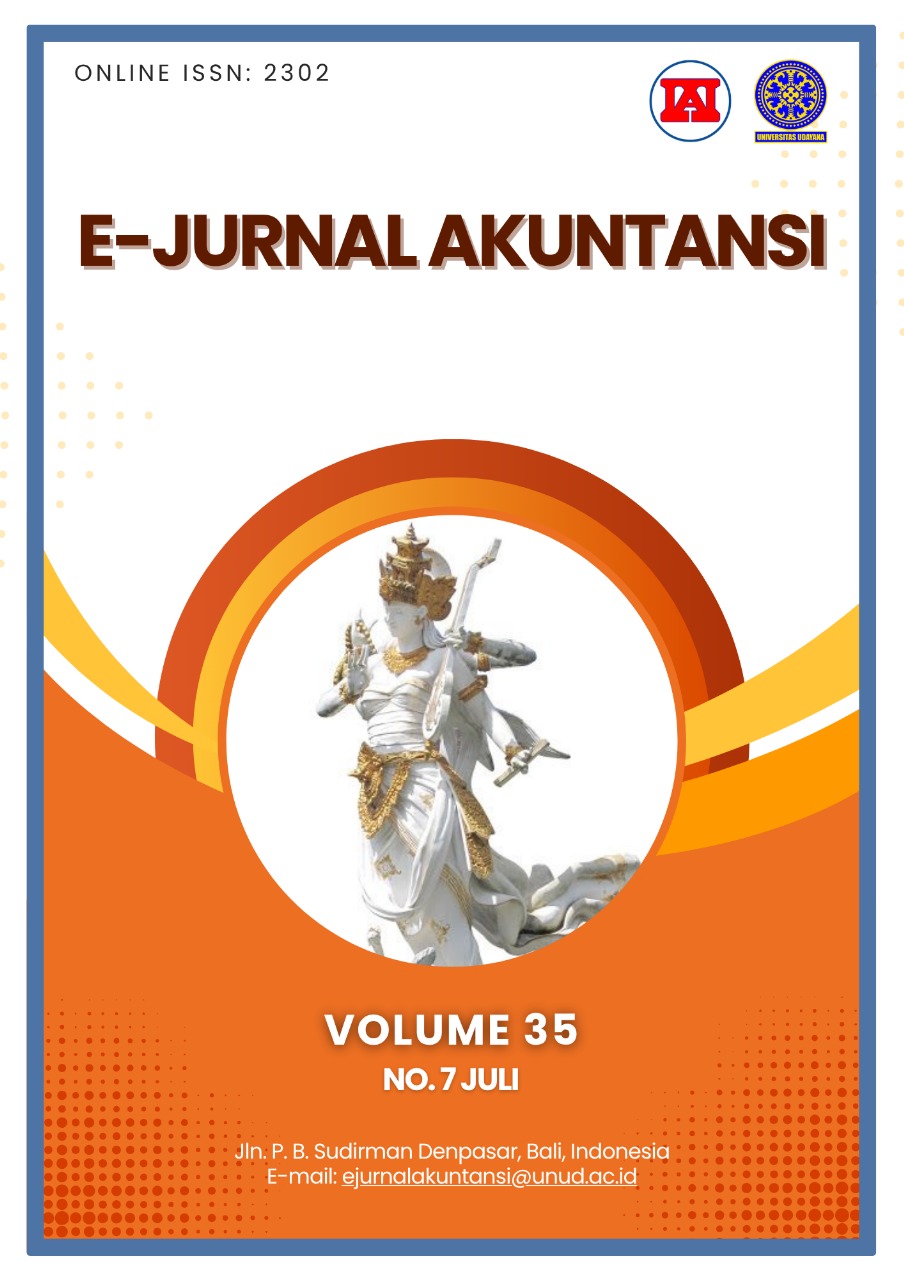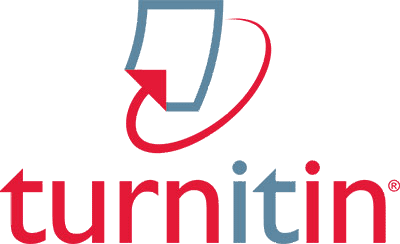Designing Project Overhead Cost Attribution Calculation Module to Enhance CAPEX Control Using Object Oriented Analysis and Design Method
Abstract
Effective capital expenditure (capex) management in fixed asset investments, such as natural gas infrastructure projects, is essential to ensure investment feasibility. A component of capex is project overhead cost, which represent indirect expenses not directly linked to specific products or services and tend to increase as construction projects progress. This research addresses challenges faced by PT G, a national energy company, in allocating project overhead cost to ongoing projects using the SAP ERP system. The system only supports proportional cost allocation and lacks an integrated calculation method. Consequently, PT G relies on spreadsheets to manually calculate cost’s proportional allocations, based on project progress data from its project management information system (PMIS). This disconnected process results in redundancy, inadequate control over capital expenditure, and introduces risks such as human error, inconsistent results across users, and budget overruns. The aim of this study is to design an integrated construction overhead cost allocation module that utilizes real-time project progress data within PT G’s web-based project management system. The module is developed using the Object-Oriented Analysis and Design (OOAD) approach to ensure structured documentation and scalability. The findings show that the proposed module improves capex control by automating calculations, providing up-to-date information on realized spending and remaining budget limits, and enhancing data reliability and accountability through features such as activity logs and calculation logs. This integration reduces dependency on manual processes, streamlines workflows, and supports more accurate, transparent, and efficient financial management in infrastructure projects.
Keywords: Capital Expenditure; Project Overhead Cost; OOAD; Information System
Downloads
References
Kendall, E.K, & Kendall, J.E. (2020). Sy stems Analysis and Design. Tenth Edition. Global Edition. Pearson Education Limited.
Laudon, K. C., & Laudon, J. P. (2020). Management Information Systems Managing The Digital Firm (16th ed.). Pearson Education Limited.
Lakade, A., Gupta, A., & Desai, D. (2014). A Project Management Approach Using Erp And Primavera In Construction Industry. IOSR Journal of Mechanical and Civil Engineering (IOSR-JMCE).
Lee, J., Siau, K., & Hong, S. (2003). Enterprise integration with ERP and EAI. In Communications of the ACM, vol. 46, issue 2. https://doi.org/10.1145/606272.606273
Naderi, M., Nazari, A., Shafaat, A., & Abrishami, S. (2024). Enhancing Accuracy in Construction Overhead Cost Estimation: a Novel Integration of Activity-Based Costing and Building Information Modelling. Smart and Sustainable Built Environment. https://doi.org/10.1108/SASBE-07-2023-0180
Otley, D. (2014). The contingency theory of management accounting and control : 1980 – 2014 David Otley The contingency theory of management accounting and control : Management Accounting Research.
Otley, D. T. (1980). The contingency theory of management accounting: Achievement and prognosis. Accounting, Organizations and Society, 5(4). https://doi.org/10.1016/0361-3682(80)90040-9
PT G. (2023). Laporan Tahunan 2023 PT G : Strengthening Precense. Jakarta.
PT G. (2024). Keputusan Direksi PT G nomor 085700.K/OT.00/PDO/2024 tanggal 24 Desember 2025, tentang Bilahan Struktur Organisasi Dasar PT G. Jakarta.
Rankin, M., Stanton, P., McGowan, S., & Ferlauto, K. (2023). Contemporary Issues in Accounting, 3rd Edition: Vol. (E. Echlin, Ed.; Third). John Wiley & Sons Australia, Ltd.
Romney, M. B., Steinbart, P. J., Summers, S. L., and Wood, D. A. (2021). Accounting Information Systems, Fifteenth Edition. Pearson Education Limited.
Standar Akuntansi Keuangan (2015). Ikatan Akuntan Indonesia.
Marri, K., al. (2014). ERP Implementation in The Project - Based Organizations of The Construction Industry. The Business & Management Review, vol.3 no.4.
Valacich, J. S., & George, J. F. (2021). Modern Systems Analysis and Design, Global Edition, 8/E. Pearson Education Limited.
Wagner, R. F. (2020). EPC 4.0: The quest for reducing CAPEX in EPC projects. Organization, Technology and Management in Construction, vol.12, no.1. https://doi.org/10.2478/otmcj-2020-0020
Whitten, L. J, & Bentley, D.L. (2007). System Analysis and Design Method. Seventh Edition. Mc Graw – Hill/Irwin. New York.

This work is licensed under a Creative Commons Attribution-ShareAlike 4.0 International License.

















